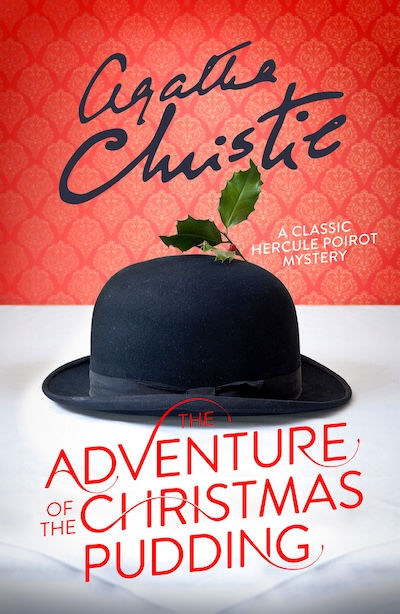Drag Me Down by E.B. Stuart
- JetBlackDragonfly

- Apr 16
- 2 min read

"Too lovely to forget - Too dangerous to love"... Unfortunately, that and the cover art have little to do with this story of a playhouse press agent in a beachside resort outside New York city. Overall, this has an entertaining backstage setting of the seasonal repertory world.
Jack Stoner is hired as publicist for a summer stock theatre in Bay Inlet, a sleepy town where plays try out from May to September before moving on to Broadway, if they are lucky. It's up to Jack to tempt the theatre agents and reviewers.
Owner Ceil aimed her theatre company towards artistic work, but relies on Hollywood names to attract audiences, which is usually beneath most of them.
Katherine Arthur is an Oscar-winner past her prime, starring in Empty Gesture with Anthony Mayo, a handsome Hollywood Lothario devoid of talent. The hope was to sweep it to Broadway in the fall, but atrocious previews showed that ham and turkey show was going nowhere. Jack meets ex-movie actress Helen Layton at the local bar. Helen was once married to Mayo, but became an alcoholic when his career took off and hers stalled.
When the star of the next production cancels, the only thing to do is pull out a dynamite script Ceil has wanted to produce, and convince Helen to sober up and tackle this career-making star role. The national attention could put the playhouse on the map, and with hard work and praise, she may be able to take Broadway by storm.
This theatre story is not glamourous, featuring the everyday mechanics of producing a play. There are unusual characters, like fey house manager Harley who is pleased as pink punch to meet Jack, and Helen's mute boyfriend. Jack's wife is unimpressed, telling him press is the lowest form of show business. The love has gone from their marriage and she resents being left with the kids. There is also a diversion into his time during the war, as many of these personal stories published in the early 1950's seem to have.
An enjoyable read, but only remarkable if you are involved in theatre. As for the cover art, publishers will catch your eye regardless if it has anything to do with the story.
It caught mine.
My review of another 1950's play-themed paperback:
1955 / Paperback / 128 pages





Comments